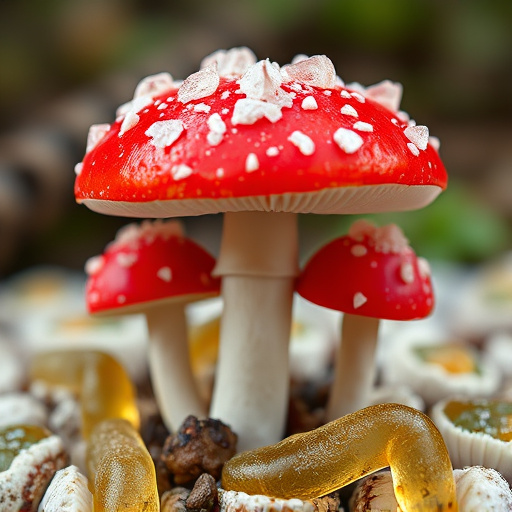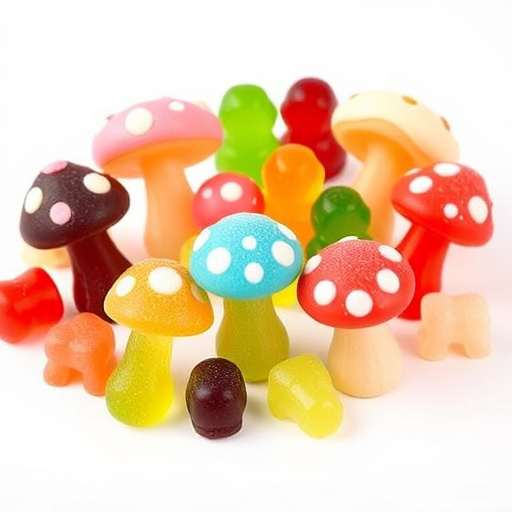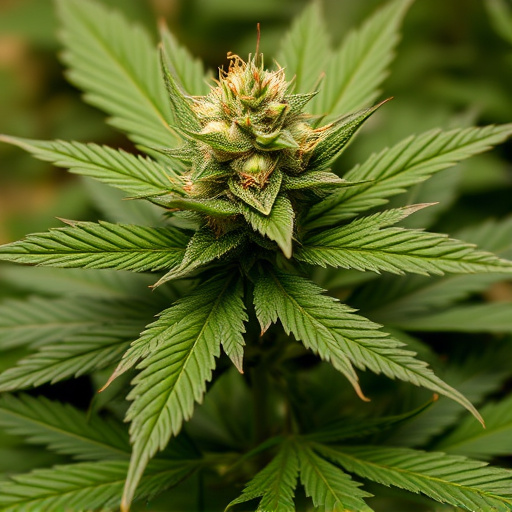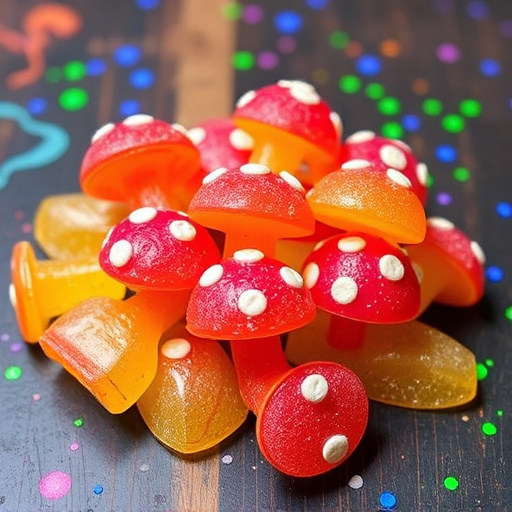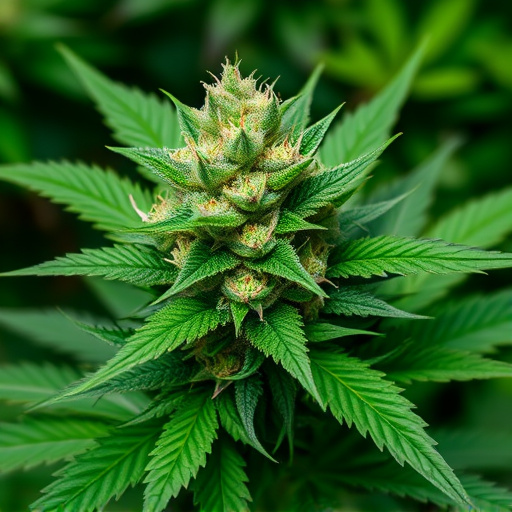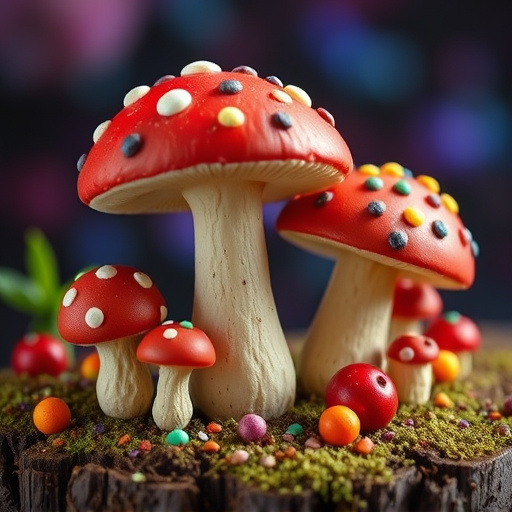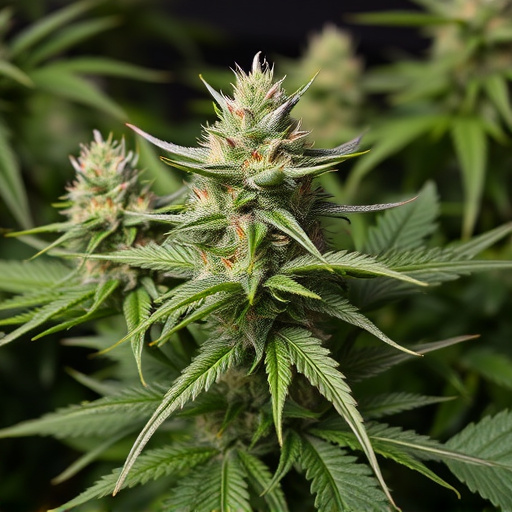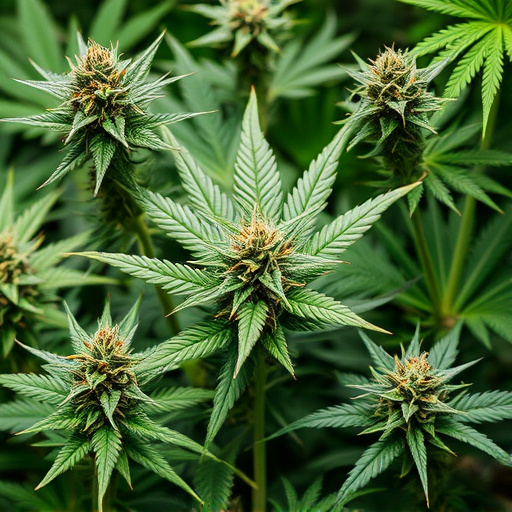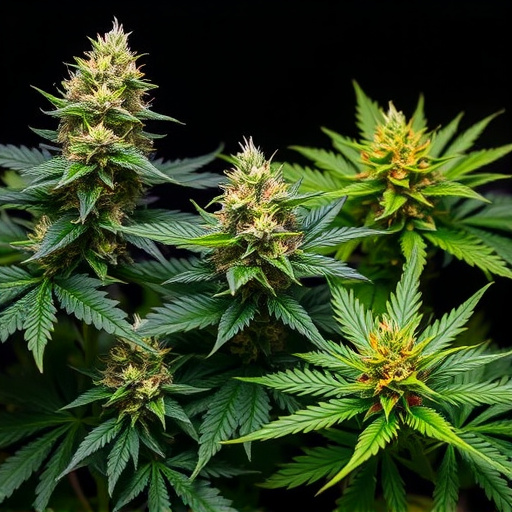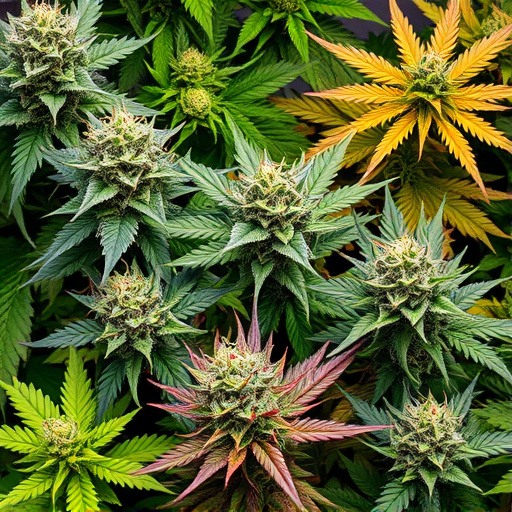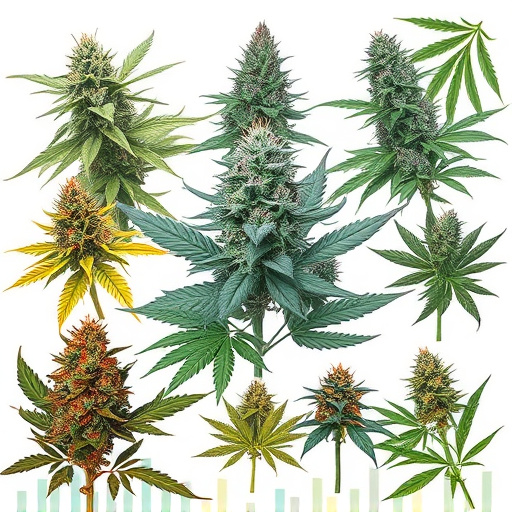The distinctive aroma of cannabis flowers is primarily due to complex interactions between terpenes (volatile oils) and cannabinoids (like THC and CBD), resulting in a spectrum of scents and effects across various different cannabis strains. Terpenes contribute specific scent notes (earthy, musky, citrusy) while cannabinoids influence overall fragrance and therapeutic benefits, creating unique profiles catering to diverse user preferences. The wide range of cannabis scents reflects genetic diversity among strains, captivating enthusiasts and researchers alike.
“Cannabis flowers emanate a distinct, potent aroma that has captivated users for decades. But why does it smell so strong? This article delves into the intricate world of cannabis scents, exploring the chemical compounds responsible for its unique fragrance. We’ll uncover the role of terpenes and cannabinoids, revealing how their combination creates diverse strain aromas. Furthermore, we’ll navigate the variations across different cannabis strains, from sativa to indica and hybrid, showcasing how growing conditions and genetics contribute to their distinct smells. Get ready to explore the science behind cannabis’ captivating scent.”
- Chemical Compounds Behind Cannabis Aroma
- – Terpenes and their impact on smell
- – Cannabinoids and their role in scent
Chemical Compounds Behind Cannabis Aroma
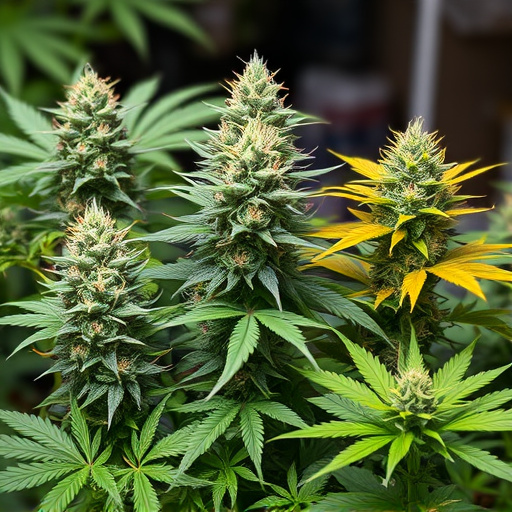
The distinct aroma associated with cannabis flowers is a result of various chemical compounds, known as terpenes and cannabinoids, that contribute to its unique scent. Each cannabis strain boasts a diverse range of these chemicals, leading to varied aromas and potential effects. Terpenes, often described as the essential oils of plants, play a significant role in the smell and flavor of cannabis. They are volatile organic compounds produced by the plant to attract pollinators or deter predators. Different terpenes offer different sensory experiences; for instance, myrcene is known for its earthy, musky notes, while limonene provides a bright, citrusy aroma.
Cannabinoids, such as tetrahydrocannabinol (THC) and cannabidiol (CBD), are another key component. THC is responsible for the plant’s psychoactive effects, but it also contributes to its scent, offering a subtle, woody or herbal note. CBD, on the other hand, is often associated with more earthy and musky undertones. The interplay between these chemical compounds creates the complex and recognizable fragrance of different cannabis strains, making each variety unique in both smell and effect.
– Terpenes and their impact on smell
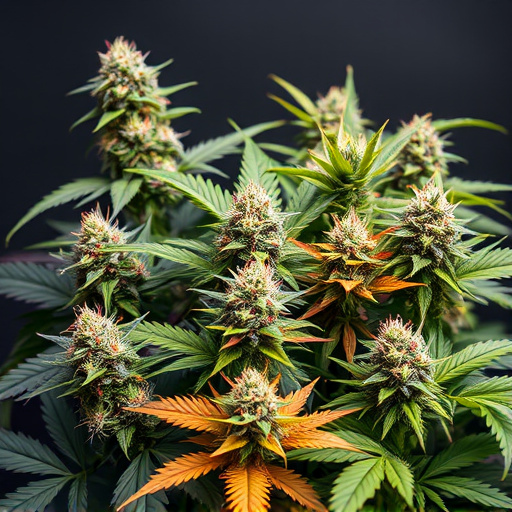
The distinctive aroma associated with cannabis flower is largely attributed to a class of organic compounds called terpenes. These volatile oils are naturally present in many plants, contributing to their unique scents and flavors. In cannabis, terpenes not only play a significant role in shaping the smell but also offer therapeutic benefits. Different cannabis strains boast an array of terpenes, each with distinct characteristics that can influence the overall aromatic profile. For instance, myrcene is known for its earthy, musky scent and is often associated with relaxing effects, while limonene provides a citrusy note and may evoke feelings of happiness and focus.
The interplay between terpenes and other chemical compounds, such as cannabinoids (like THC and CBD), creates the complex olfactory experience we associate with different cannabis strains. This combination of aromatic compounds allows for a wide variety of scents, ranging from fruity and floral to spicy and woody, catering to diverse preferences among users. Understanding the role of terpenes provides insights into why cannabis flowers can have such distinct and appealing smells.
– Cannabinoids and their role in scent
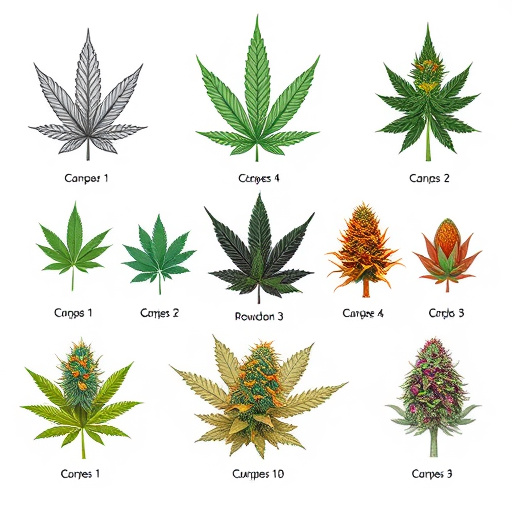
Cannabis flowers emit potent aromas due to a complex interplay of various chemical compounds known as cannabinoids. These cannabinoids, including popular ones like THC (tetrahydrocannabinol) and CBD (cannabidiol), are responsible for the distinct and sometimes overwhelming scents associated with different cannabis strains. The unique scent profile of each strain is a result of variations in these cannabinoid levels.
THC, for instance, is known to contribute significantly to the euphoric effects of cannabis but also plays a role in its pungent odour. In contrast, CBD-rich strains may have more subtle aromas due to the higher presence of cannabidiol, which doesn’t produce intoxicating effects but offers potential therapeutic benefits. The diversity in cannabis scents reflects the wide range of genetic variations among different strains, creating an intriguing world for enthusiasts and researchers alike.
The distinctive smell of cannabis flowers is a result of a complex interplay between terpenes and cannabinoids, which contribute to the unique aroma and experiences associated with different cannabis strains. Terpenes, known for their diverse scents, enhance the overall fragrance while cannabinoids, particularly THC and CBD, add complexity and influence how we perceive the scent. Understanding these chemical compounds offers insight into why various cannabis strains possess such distinct and often compelling aromas.
